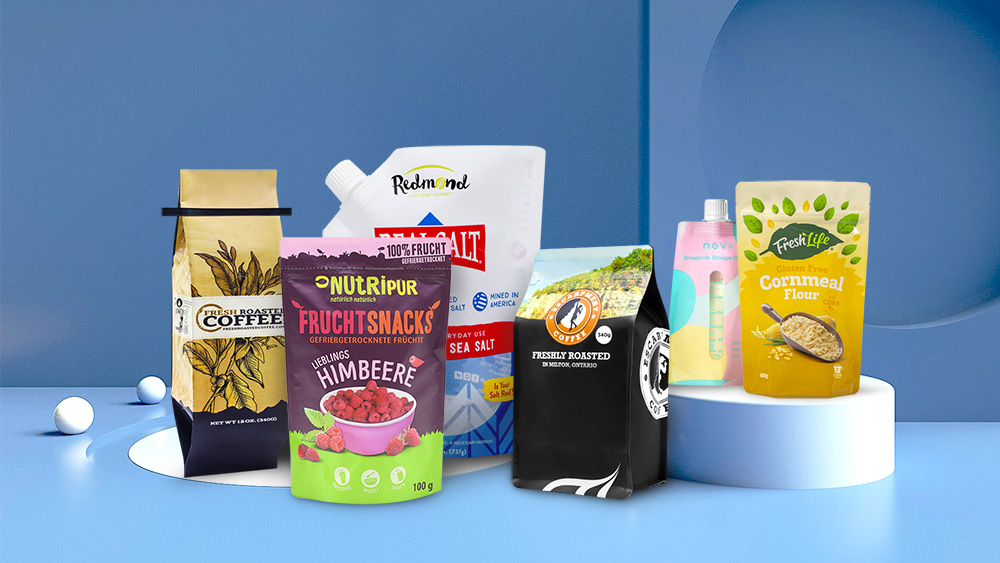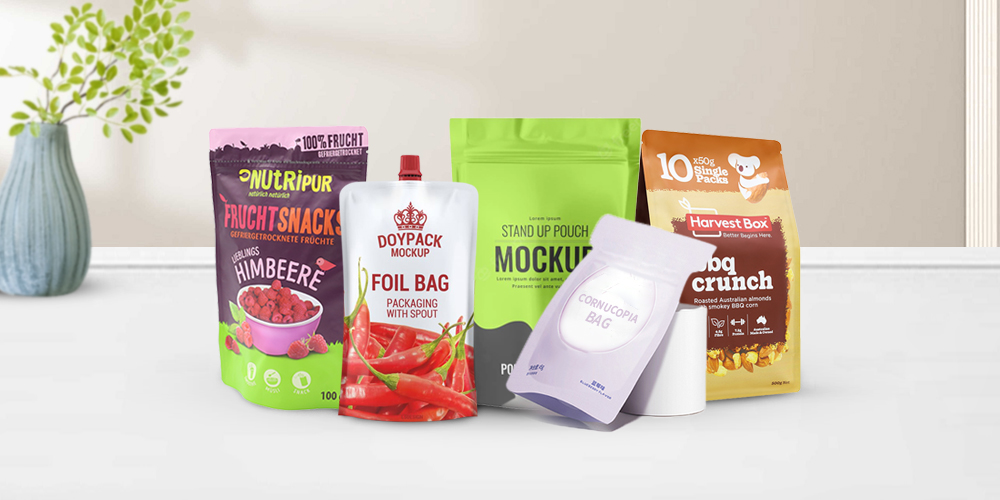Food packaging bags can be divided into: ordinary food packaging bags, vacuum food packaging bags, inflatable food packaging bags, boiled food packaging bags, retort food packaging bags and functional food packaging bags according to their application scope;

Packaging can play an important role in reducing transport security risks. Packaging bags can also prevent food from being classified into other commodities, and food packaging can also reduce the possibility of food being eaten stealthily. Some video packaging is strong and has anti-counterfeiting signs, which protect the memory of merchants from loss. There can be laser logos, special colors, SMS authentication and other standard rooms on the packaging bags.
In addition, in order to prevent theft, retailers put electronic monitoring standard rooms on food packaging bags, and wait for consumers to get the point of exit to demagnetize.
The testing standards for food contact packaging materials mainly include the following:
GB4806.2-2015 National Food Safety Standard for Pacifiers.
GB4806.3-2016 National Food Safety Standard for Enamel Products.
GB 4806.4-2016 National Food Safety Standard for Ceramic Products.
GB 4806.5-2016 National Food Safety Standard for Glass Products Food Contact Plastic Resins.
GB 4806.7-2016 National Food Safety Standard Food Contact Plastic Materials and Products.
GB 4806.8-2016 Food Safety National Standard Food Contact Paper and Cardboard Materials and Products.
GB 4806.9-2016 Food Safety National Standard Food Contact Metal Materials and products GB 4806.10-2016 National Food Safety Standard Food Contact Coatings and Coatings.
GB 4806.11-2016 Food Safety National Standard Food Contact Rubber Materials and Products.
GB 9685-2016 Food Safety National Standard Food Contact Materials and Products Use Standards for Additives.

What is the process for handling food packaging bag inspection reports?
1. Provide product information (instructions, specifications, etc.)
2. Confirm the testing purpose and project requirements.
3. Fill in the testing application form (including company information and necessary product information)
4. Send samples as required.
5. Receive samples and arrange fees Then carry out sample testing.
6. Detect relevant data, write a draft report, and confirm whether the information is correct.
7. After confirmation, issue a seal and issue an official report.
8. Send the original report.
Author: BRI-testing
Source: Zhihu
Post time: Aug-01-2022
